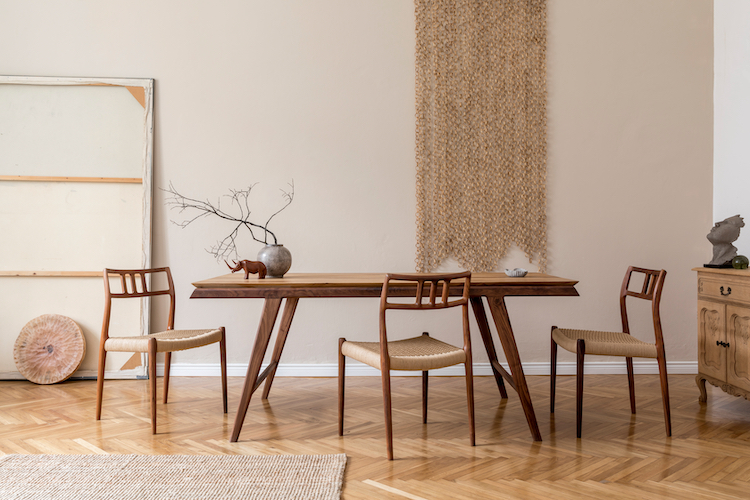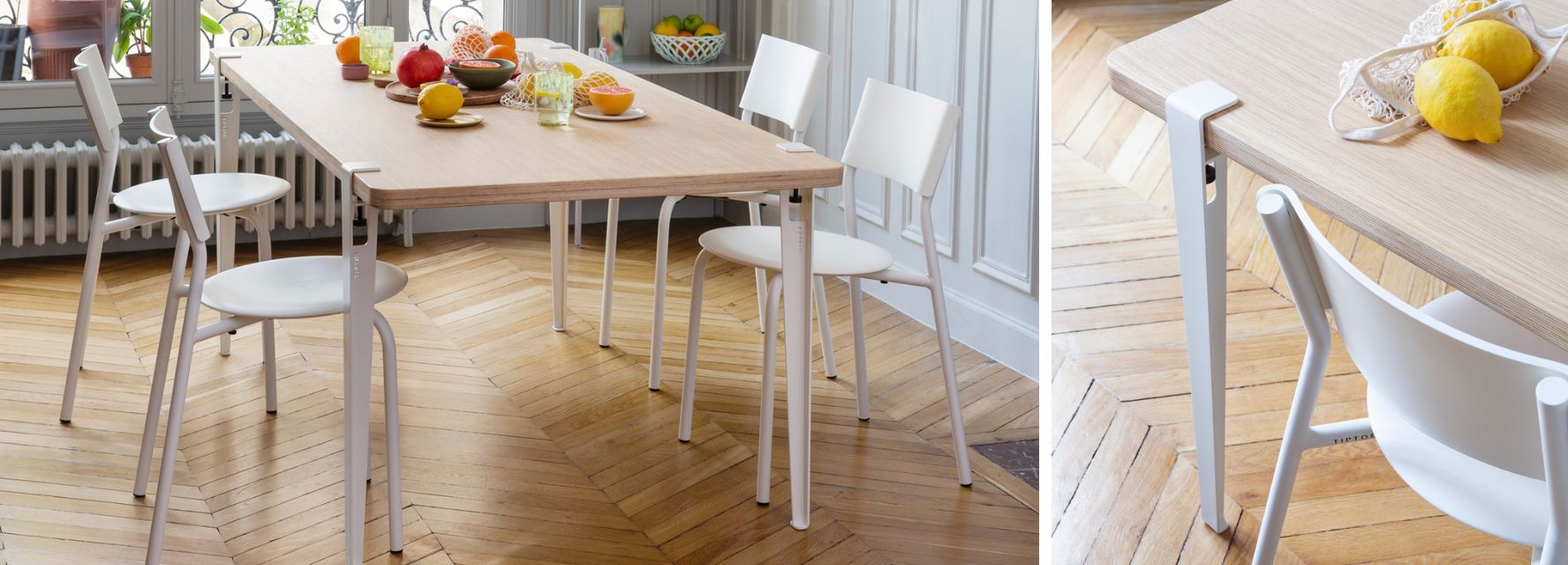The Best Materials for Durable and Elegant Dining Room Table Legs
The Best Materials for Durable and Elegant Dining Room Table Legs
Blog Article
How to Choose the Perfect Dining-room Table Legs for Your Home Design
Choosing the ideal eating room table legs is a nuanced procedure that calls for mindful consideration of various elements, including your room restrictions, aesthetic preferences, and sensible demands. The interplay between measurements, designs, and materials can dramatically affect the ambiance of your eating location, making it necessary to approach this choice systematically. As you contemplate the myriad alternatives readily available, it ends up being clear that the best selection expands past simple appearance; it can enhance your total dining experience. What aspects should you prioritize to guarantee your choice complements your home's distinct character?
Assess Your Eating Room
Assessing your dining space is essential for choosing the right table legs that match both visual appeals and functionality. Begin by determining the dimensions of your eating location, including ceiling elevation, flooring area, and closeness to other furniture. This information will help determine the suitable size and elevation of your table, which straight influences the selection of table legs.
Next, take into consideration the style and format of your eating area. As an example, an open-concept layout may benefit from table legs that provide aesthetic agility, such as slender steel or acrylic choices. Alternatively, an extra standard setup may require tough wooden legs that supply a sense of permanence.
Assess the existing shade palette and products in your eating area. Harmonizing the table legs with these elements develops a cohesive appearance that boosts the overall decoration. Furthermore, think of the capability needed in your room. For instance, if you frequently hold large events, consider legs that supply added support and stability.
Inevitably, a complete assessment of your dining room will certainly assist you in making an informed choice, making sure that your table legs not only improve the aesthetic charm but likewise serve practical objectives.
Consider Your Design Preferences
When choosing dining-room table legs, it is vital to review your personal style choices, as they substantially affect the general visual of your dining room. Your option of table legs can either complement or contrast with existing decor, making it crucial to align them with your preferred indoor style theme.
If your home leans towards a modern visual, think about sleek steel or minimal wooden legs that supply a tidy, clean appearance. For a more conventional technique, elaborate wooden legs with detailed makings can include a touch of style and refinement. Industrial designs take advantage of robust, raw materials such as reclaimed wood and steel mixes, reflecting a tough appeal.
Furthermore, farmhouse and rustic designs frequently prefer strong, chunky legs that evoke a sense of warmth and comfort. Conversely, if your decor is eclectic, you could choose unique forms or a mix of products to produce visual passion.

Evaluate Product Options
The choice of material for dining room table legs plays a crucial role in both durability and aesthetic charm. Common materials include wood, steel, and composite options, each offering distinctive attributes that can influence the general look and durability of your table.
Wood is a timeless option, known for its heat and flexibility. Woods like oak and walnut supply phenomenal strength and can be completed in different stains to match any style. However, softwoods like yearn are more vulnerable to scrapes and dents, making them much less optimal for high-traffic locations.
Metal legs, often crafted from steel or aluminum, radiate modernity and commercial appeal. They are resistant and highly resilient to use, making them ideal for families with children or frequent events (dining room table legs). Additionally, metal can be finished in different shades, improving the personalization possibilities
Composite products, such as MDF or laminate, offer price and diverse designs. While generally less durable than solid wood or steel, they can still supply a fashionable appearance and are commonly simple to preserve.
Inevitably, the product you choose must line up with your lifestyle, visual preferences, and the level of usage your dining table will experience.
Determine Elevation and Dimension
Picking the appropriate height and dimension for your dining-room table is vital for both capability and comfort. The basic elevation for eating tables typically ranges from 28 to 30 inches, permitting enough legroom for a lot of people when seated. It is crucial to take into consideration the measurements of your eating room and the kinds of chairs you intend to use.

Furthermore, consider the proportions of your dining-room. A larger table in a large area can create a grand setting, while a smaller table functions well in even more intimate setups. Ultimately, the ideal height and size will harmonize with your overall decor and boost the dining experience for you and your visitors.
Explore Customization Opportunities

In addition, the layout of the legs can be tailored to fit different styles, such as rustic, contemporary, or commercial. For example, tapered legs can stimulate a mid-century over at this website contemporary feel, while chunky, block-style legs may resonate with typical or farmhouse decoration.
House owners can likewise explore color coatings, from natural wood stains to repaint, allowing them to match or comparison with the tabletop and surrounding design.
Additionally, leg elevation can be adapted to fit details seating plans or personal choices, improving both convenience and performance.
Last but not least, distinct embellishments, such as carvings or ornamental braces, can better individualize the table legs, making the eating experience not simply a dish yet a declaration piece in the next page home. By thinking about these modification alternatives, home owners can create an eating space table that absolutely reflects their originality.
Final Thought
Selecting the optimal dining-room table legs needs cautious factor to consider of numerous aspects, consisting of the measurements of the dining area, style choices, material toughness, and wanted height. Modification alternatives additionally boost the capacity to achieve a natural visual that complements the overall decoration. By systematically reviewing these elements, house owners can make sure that the selected table legs not only fulfill functional demands but also add favorably to the eating experience and ambiance of the home.
Choosing the perfect dining area table legs is a nuanced procedure that needs cautious consideration of different aspects, including your space restrictions, visual preferences, and functional requirements.Examining your dining room is essential for selecting the right table legs that match both aesthetics and functionality.When figuring out dimension, measure the area where the table will certainly be put to ensure it fits easily, permitting for at least 36 inches of clearance around the table for easy movement. A larger table in a sizable area can produce a grand ambiance, while a smaller sized you can look here table works well in even more intimate setups.Selecting the optimal dining area table legs needs cautious consideration of numerous variables, consisting of the measurements of the eating room, style preferences, product resilience, and preferred elevation.
Report this page